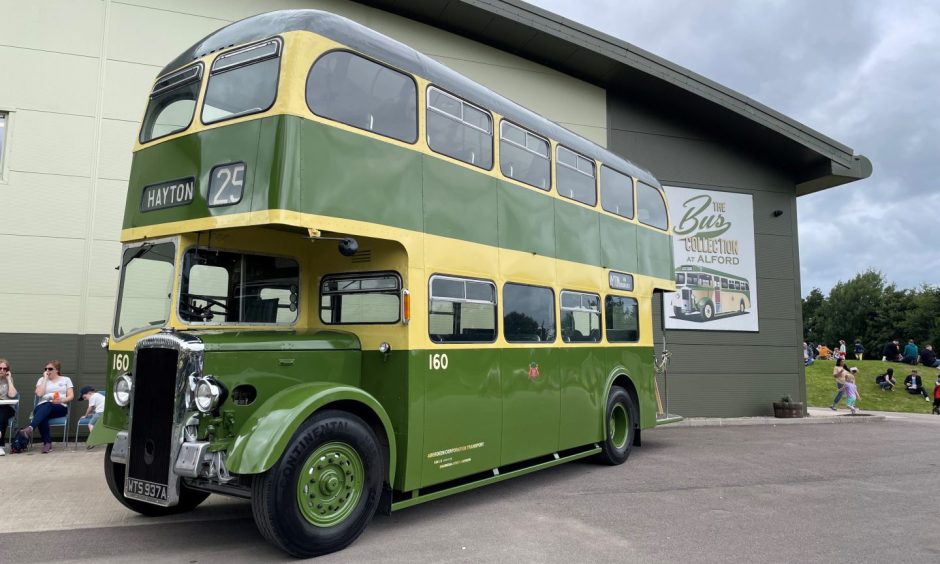
Looking as good as the day it rolled off the production line, a newly-restored double-decker Daimler bus was the star of the show at the Alford Bus Collection open day.
Its unveiling was significant but poignant, because the bus was the pride and joy of Bus Collection founder Gordon Mills, who passed away in December.
But what is the Alford Bus Collection?
Bus Collection is a hidden gem in Alford
Between the Bus Collection, Grampian Transport Museum and Alford Heritage Museum, Alford is something of a haven for vintage vehicle aficionados.
And the annual Bus Collection open day, hosted by the Aberdeen and District Transport Preservation Trust, is always a nostalgia-filled afternoon of pure joy.
While there’s nothing inconspicuous about multiple, mammoth double-decker buses (a favourite unit of measurement for journalists), the prized collection is a hidden gem.
In a vast, but unassuming storage unit sit dozens of vintage buses, representing decades of Aberdeen’s illustrious transport history.
These huge, gleaming buses, once an every-day sight on the streets of bygone Aberdeen, are rare survivors.
With a crank and a shudder, the old engines turn over, firing into life.
The decades disappear as the buses purr along, just as they would have done in their heyday, perhaps even better.
But it’s only through the careful touch of dedicated volunteers that’s pulled many of these buses back from the brink, and back onto the road.
Oldest bus in collection is nearly 100 years old
While visitors are always welcome at the Bus Collection depot in Alford, it’s only once a year the full running fleet is brought out to be enjoyed by all for free.
Usually antiques and children don’t go hand-in-hand (the oldest bus in the fleet is No.79, a 94-year-old Albion).
But many of these buses have seen a lot worse in their time than excited toddlers.
Built in 1930, the now-flawless Albion was conscripted and acquired by the Ministry of Work and Buildings for war service in London.
After the war it ended up in a Streatham garden, ultimately as a rotting summerhouse, before it was rescued for preservation in 1988.
Others, like No.325, the glorious green and cream double-decker Daimler CVG6, were earmarked to be saved early on.
Event gives children the chance to get behind the wheel
Some Aberdonians will recognise No.325 in its familiar Aberdeen Corporation livery – it was a common bus on the streets of 1960s Aberdeen.
But this was part of the last batch of these buses ordered in Aberdeen in 1965.
It was the last to have the half cab, and the last traditional vehicle to enter service in the four Scottish municipal bus fleets.
Therefore it made history from the beginning. Now owned by First Group Heritage Trust, it is looked after by the Bus Collection.
But the volunteers, who are so generous with their time and knowledge, delight in seeing children clamber into the driver’s seat, gripping the steering wheel with glee.
And of course, there’s the occasional chorus of ‘the wheels on the bus’ from thrilled toddlers pretending to beep the horn.
Bus open day rekindles happy memories for visitors
There’s something beguiling about vintage buses that transcends the generations.
Steeped in nostalgia, these are the kinds of buses children see in storybooks; they’re gigantic versions of their scale toys.
But for many adults, these were the buses of their childhood, where they raced up the stairs to sit at the front of the top deck.
Trustee Ian Souter said: “It’s great to see people coming along to the open day, especially children, because they ask the interesting questions.
“They ask questions like ‘why are buses different shapes and sizes’?”
Children don’t get bogged down in the technical stuff, yet many show a knowledge beyond their years.
Certainly, people of all ages can appreciate the perfectly-painted bodywork glinting in the sun and the tactile, carefully-upholstered moquette seats.
Vintage buses are quite simply beautiful, in a way that contemporary buses aren’t.
But, of course, that’s subjective – the buses of today will be the vintage buses of tomorrow.
Bus Collection founder Gordon pioneered accessible transport
Preservation is about always having an eye on the future while working with the past.
This is something the late Gordon Mills MBE certainly had in mind when he founded the Bus Collection in 2009.
He was a bus man through and through.
His love of buses started while growing up in Cheshire watching the local red and cream North Western Bristol K5G buses pootle about the countryside.
At 18, Gordon bought his first bus for preservation and went on to study at Liverpool University, before embarking on a career in the engineering side of the bus industry.
He came to Grampian Regional Transport (GRT) in Aberdeen in 1986 and helped it successfully transition from the public to private sector, later becoming First Group.
As director of engineering, Gordon oversaw staff and vehicle safety, maintenance and training.
But he also engineered and designed the first easy low-access buses, making buses in Aberdeen – and all over the world – much more accessible.
Lifetime in transport earned Gordon an MBE
Even in retirement, Gordon’s expertise took him beyond the Granite City to the USA and Hong Kong where he was a consultant for First.
For nine years he was also a trustee for Grampian Transport Museum.
It was perhaps only natural the next step for Gordon was vehicle preservation.
Decades of experience and a deep-rooted passion for heritage vehicles saw the Aberdeen & District Transport Preservation Trust established.
And to crown a lifetime dedicated to the bus industry, in 2021 Gordon was made an MBE.
The award was in recognition of his pioneering engineering, which changed the lives of disabled people across the world.
At the time, Gordon said: “I thoroughly enjoyed my work in the bus industry, it covered more than I could possibly have imagined and I managed to steer it in the way I thought was important.”
Gordon died before ‘pride and joy’ bus was restored
Gordon passed away at the end of December last year aged 74, and he is survived by a son Roger, and two daughters, Helen and Heather.
Sadly he died before he saw his “pride and joy” – a rebodied 1951 Daimler double-decker bus – fully restored.
The brushwork on No.160 was finished just two weeks before the grand reveal at the open day on August 4.
Paying tribute to Gordon on the day, Bus Collection chairman David Liston said “Gordon was a lifelong bus engineer” who was “bitten by the public transport bug”.
He paid tribute to Gordon’s “vision, foresight and financial investment” in founding the Bus Collection, adding that he was “always highly involved in restoration”.
Therefore it was poignant when Gordon’s daughters cut the ribbons to mark its new era as a fully-restored vintage bus.
Double-decker Daimler was familiar sight on streets of Aberdeen
When in service in the 1960s, No. 160 ran on route 25 from Fauld’s Gate to Hayton, and later the 1 and 2 Bridges route from Balgownie to Garthdee.
Although it was withdrawn from service in 1971, it was retained as a driver instruction vehicle until 1976.
The bus was then sold to TD Alexander of Arbroath, having a succession of owners until it was acquired for preservation in 1992.
It is with some serendipity that the original bus route ran to Hayton via Gordon’s Mills papermill in Aberdeen, given it was eventually saved by Gordon Mills.
That was on the destination board as family members blew the whistle for the bus’s maiden journey as a restored vehicle on the track at Alford.
Among those on board was a former colleague of Gordon’s, the ex-chief executive of FirstGroup Sir Moir Lockhead and his wife Lady Audrey.
Peek behind the scenes reveals true extent of bus restoration
But as one bus rolls back into use, the nature of preservation means there are others waiting to be rescued.
A quick behind-the-scenes tour with friendly volunteers reveals the true scale of the work involved in preservation.
A wheel-less, engine-less – and pretty much everything-less – shell of a bus sits on a huge lifting mechanism.
The 1947 Daimler looks a sorry sight on the outside, but inside it’s already sporting reupholstered seats that manage to look both old and new at the same time.
Its roof has been repainted in that glorious Aberdeen green and its intricate radiator is being worked on.
The bus is slowly being pieced back together by skilled volunteers who come from a variety of backgrounds.
Volunteers’ skills are most valuable asset
Not everyone is a former bus man. Others had oil and gas careers, but wanted to do something meaningful in retirement.
And while it may look like a larger-than-life Airfix kit, it’s a little trickier because it doesn’t necessarily have all the parts.
Bus restoration also relies on fundraising, donations and grants. As well as traditional skills, which are perhaps the most valuable asset of all, but the hardest to come by.
Therefore it’s hard to put a timescale on when the Daimler will join the fleet on the circuit.
But preservation is for the future, and the volunteers are pretty matter of fact about this.
One of the longest-term projects is the restoration of one of Aberdeen’s last surviving tramcars.
And more than one volunteer joked it wouldn’t be restored in their lifetimes.
But that’s a story for another day.
If you enjoyed this, you might like:
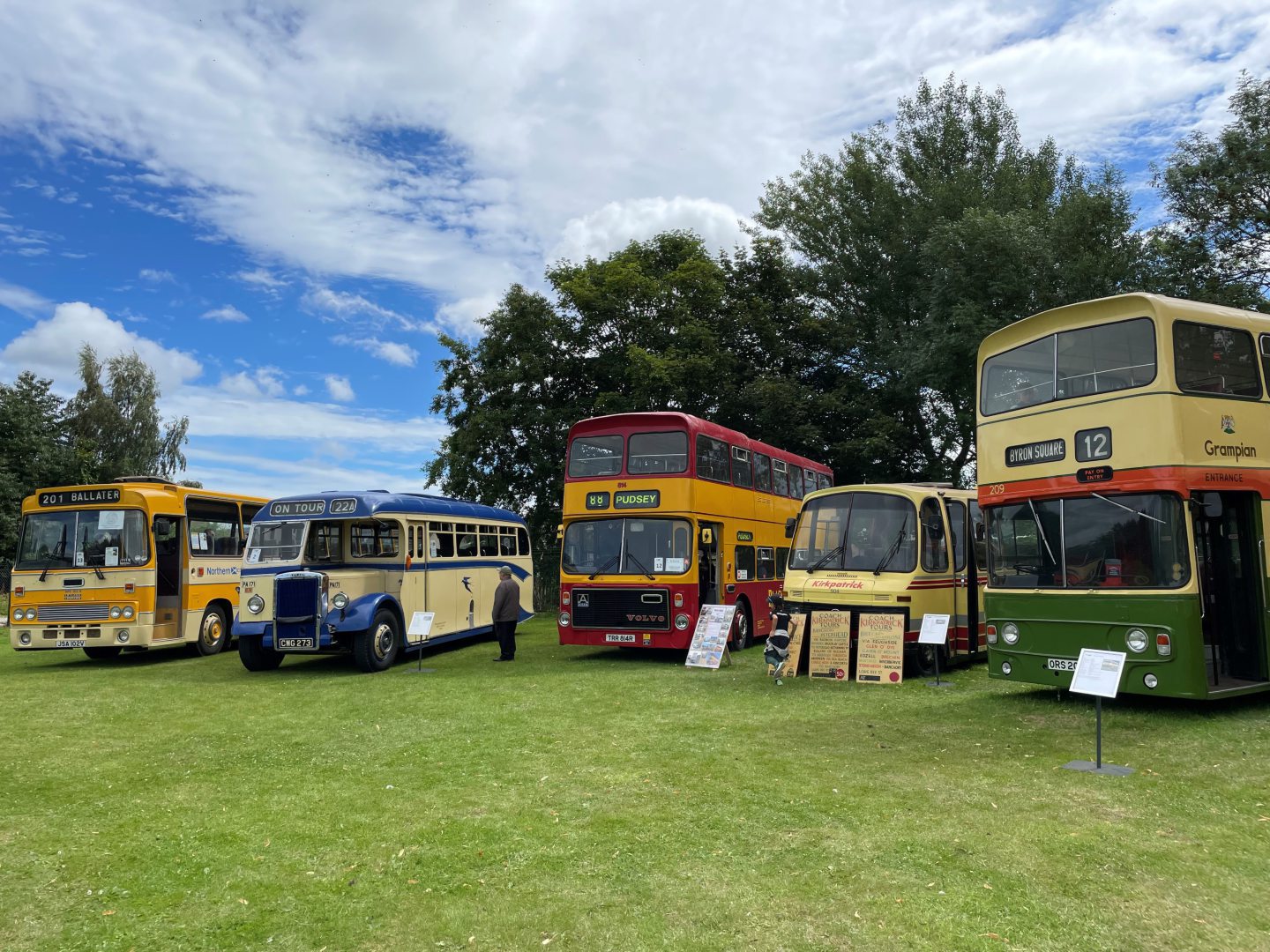
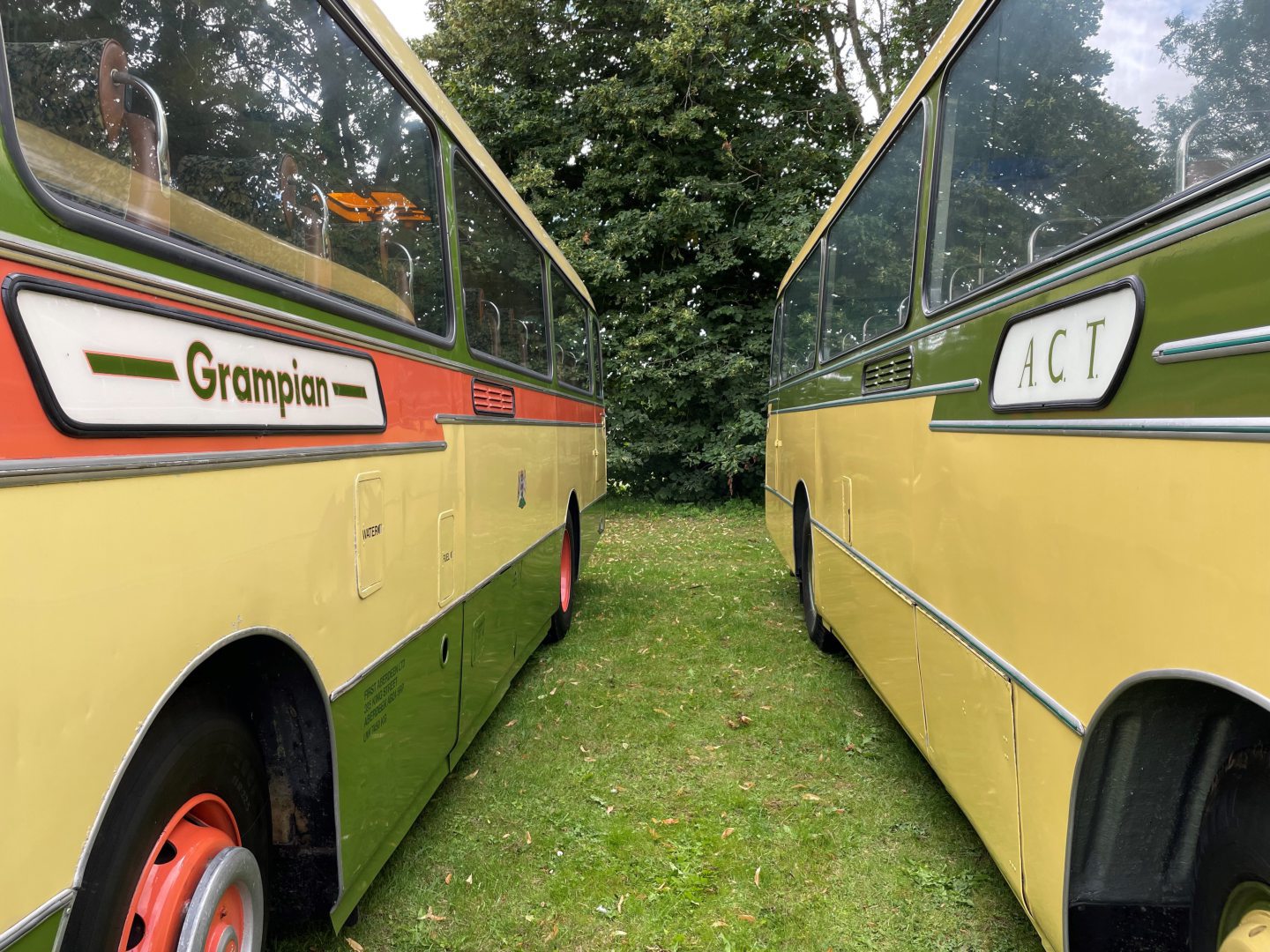
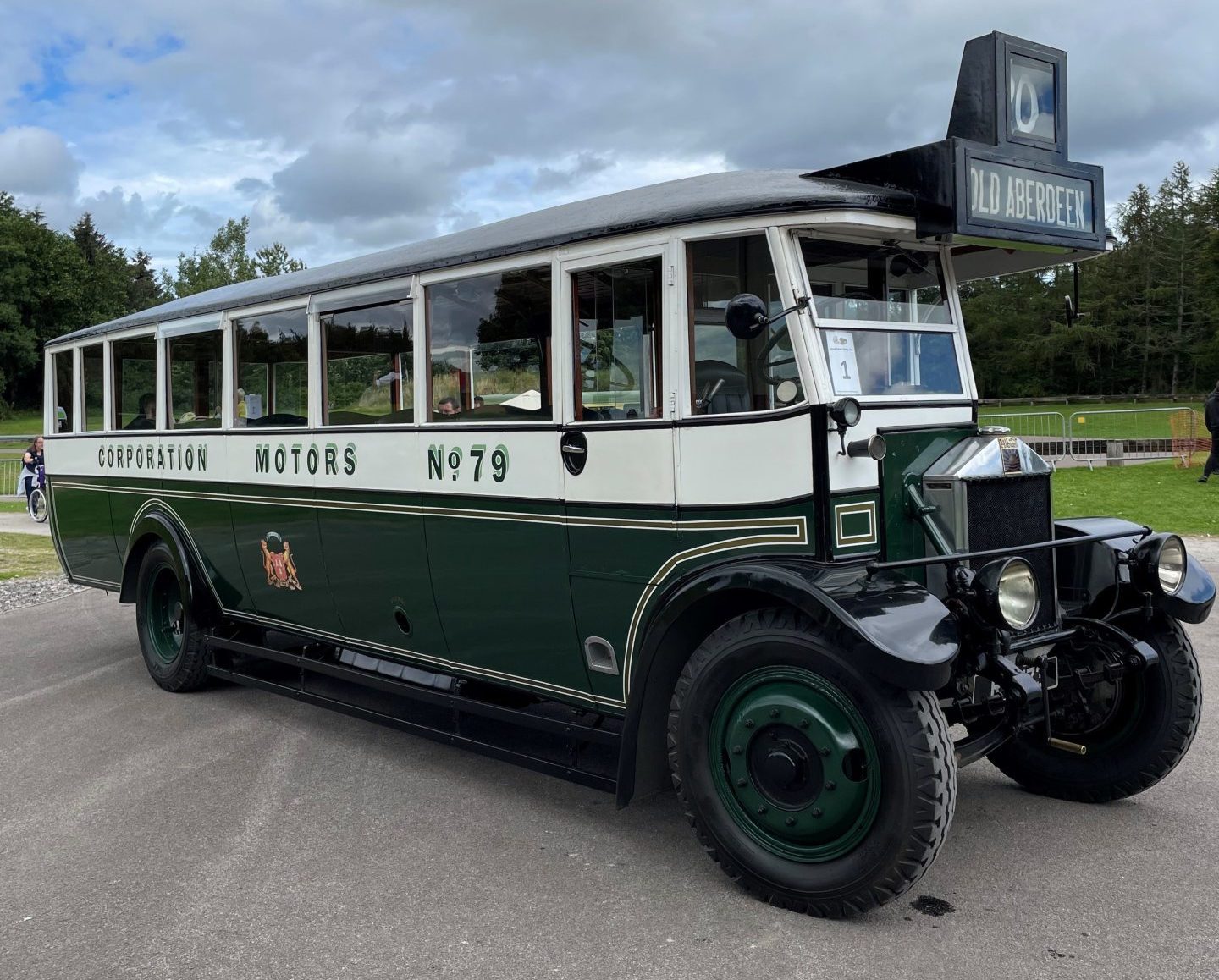
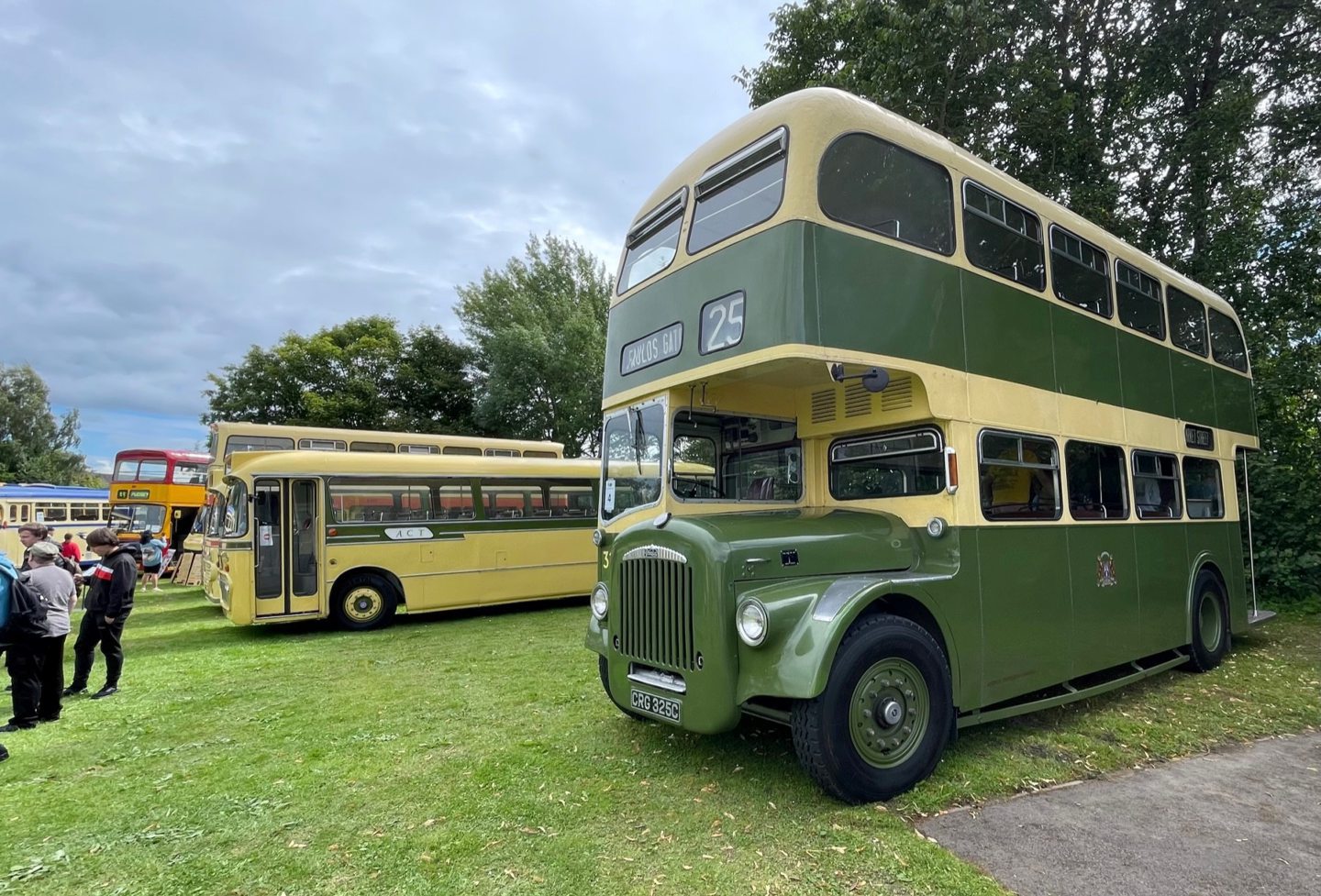
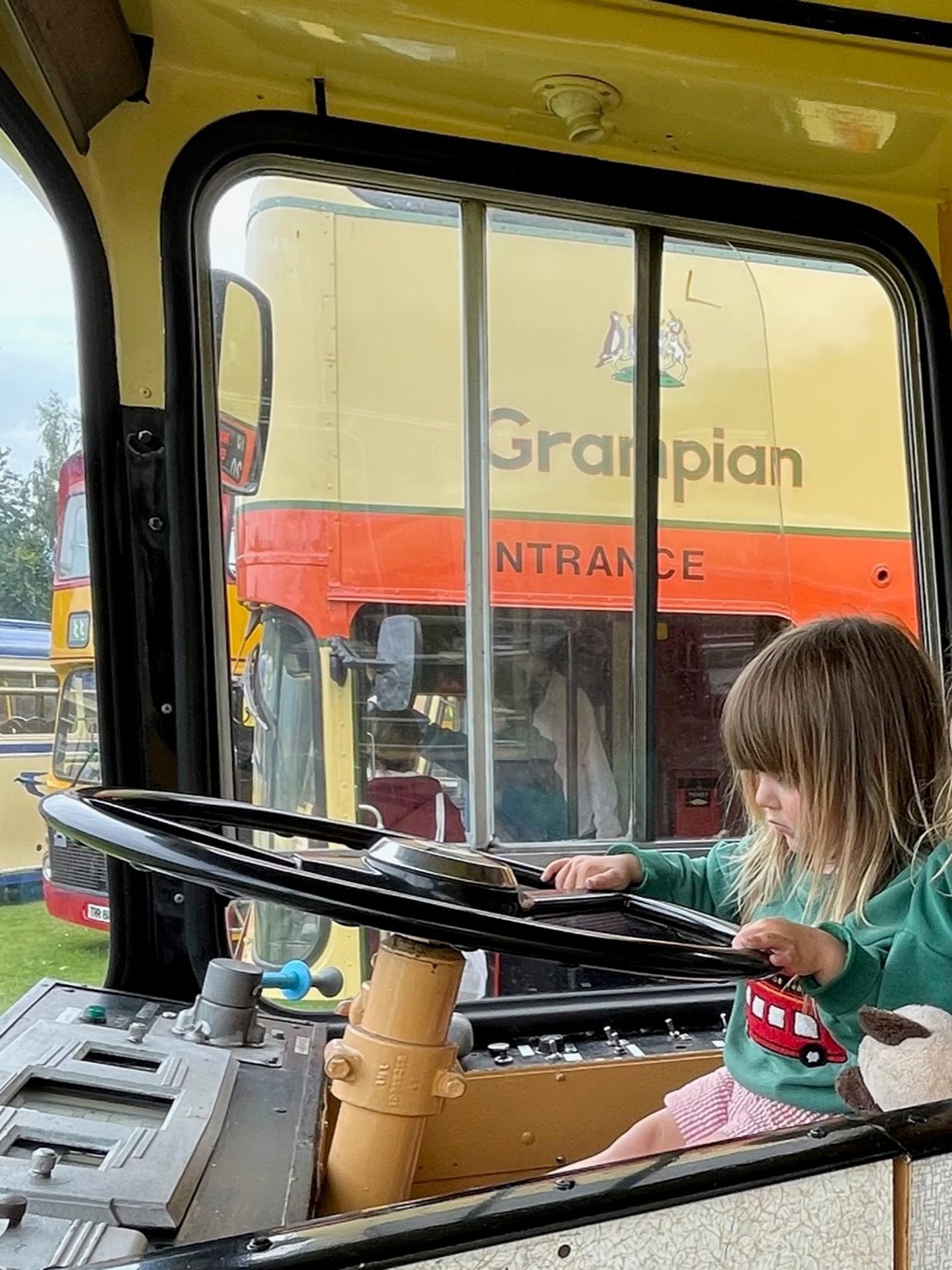
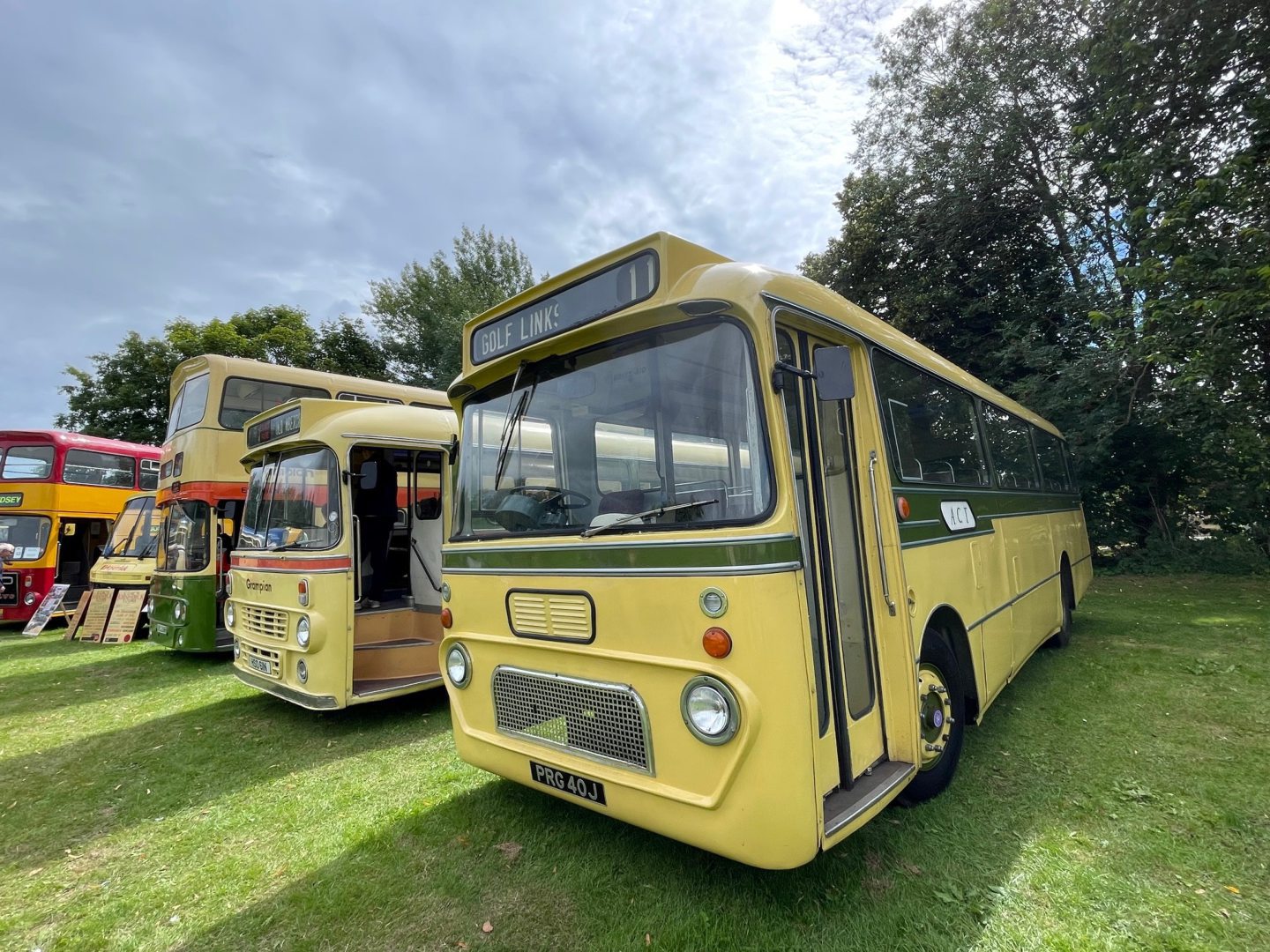
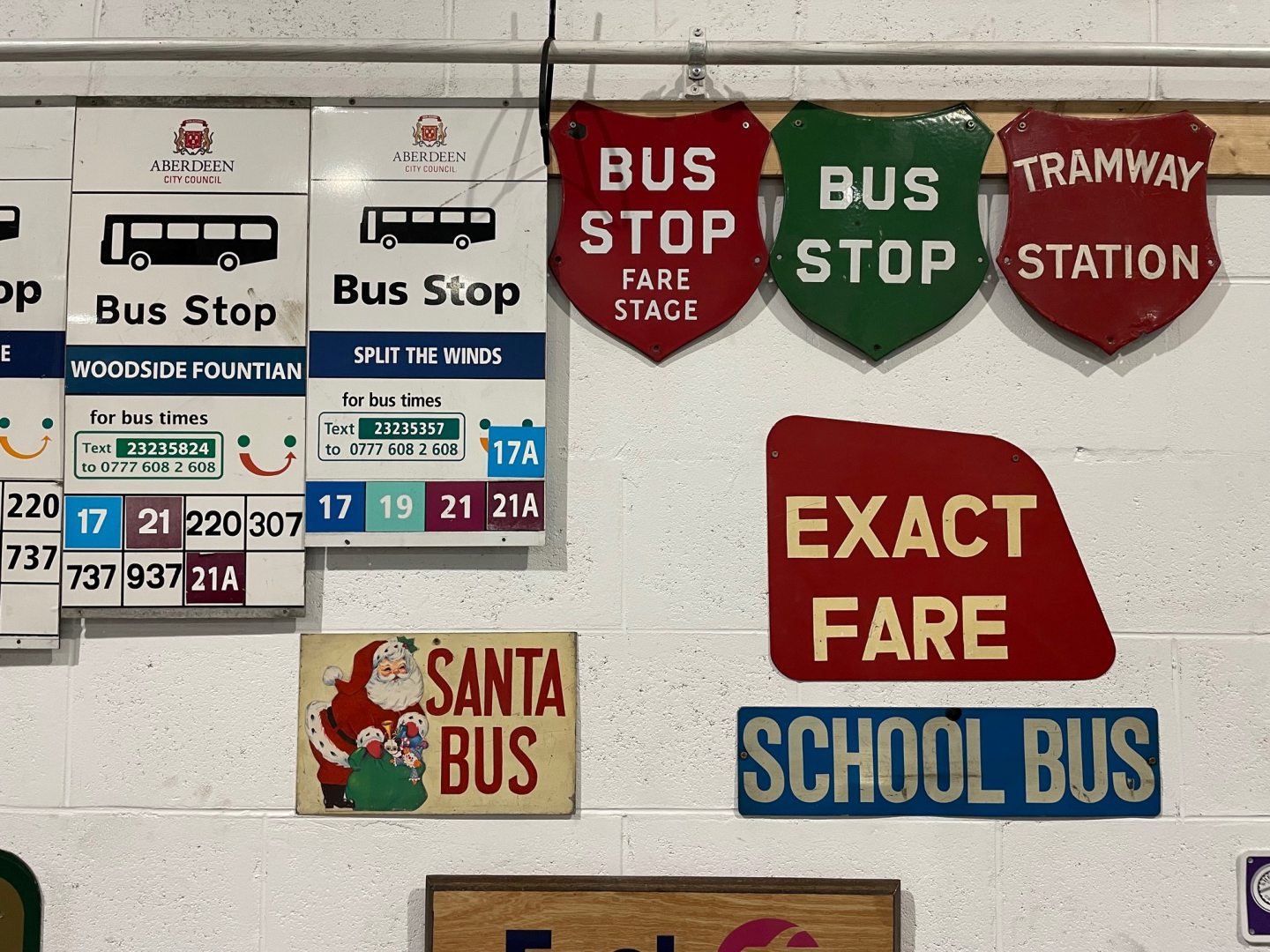
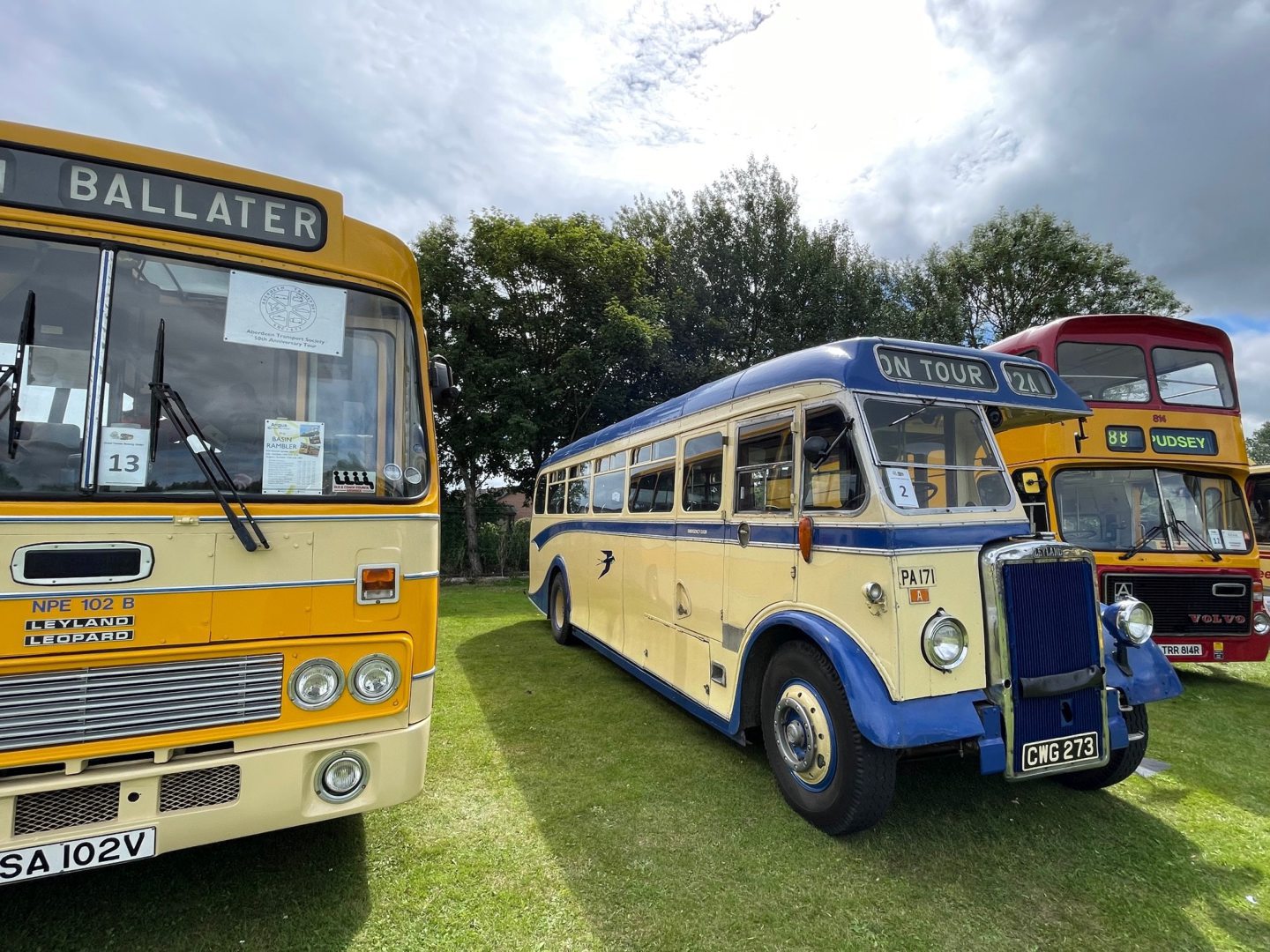
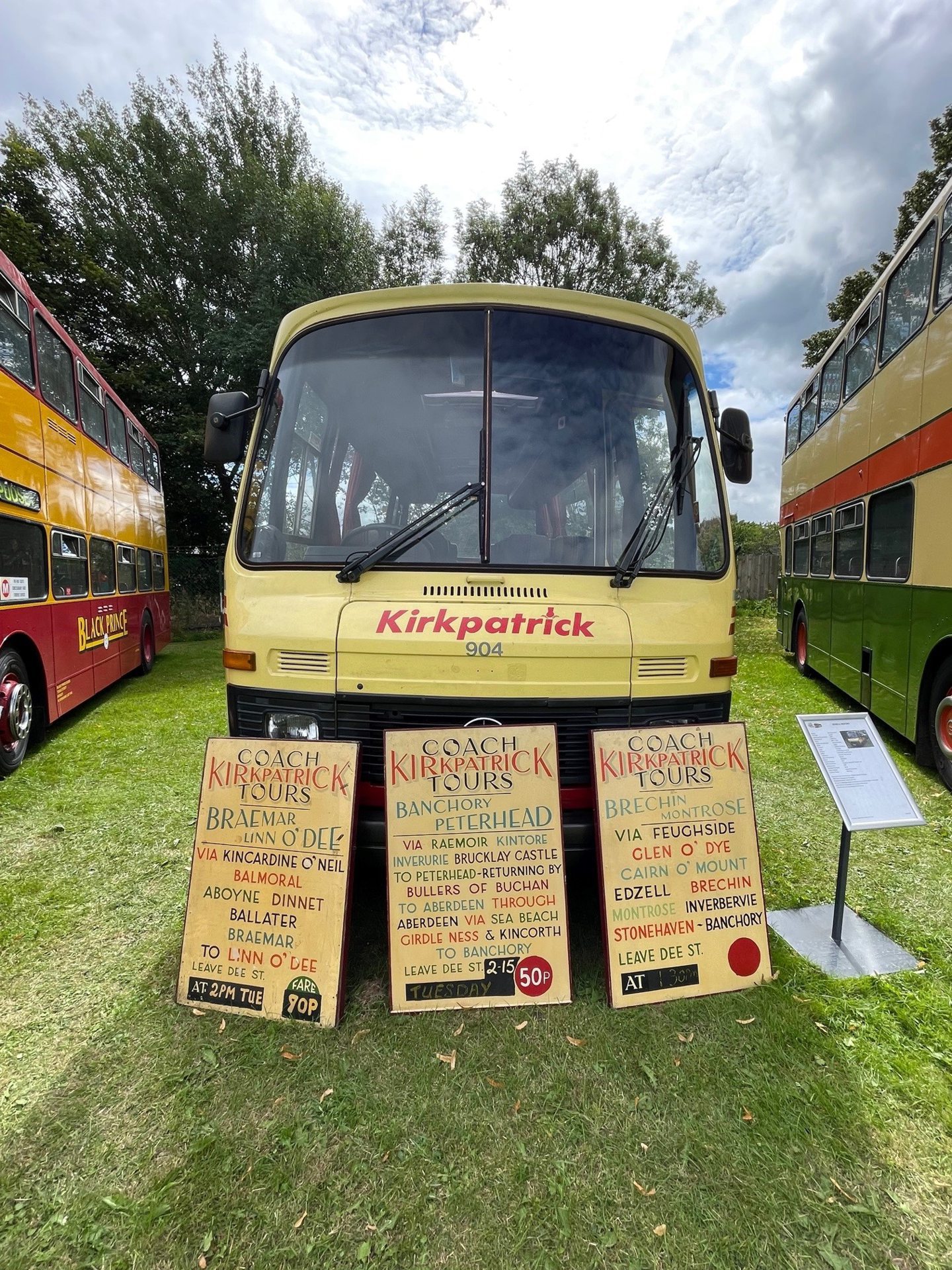
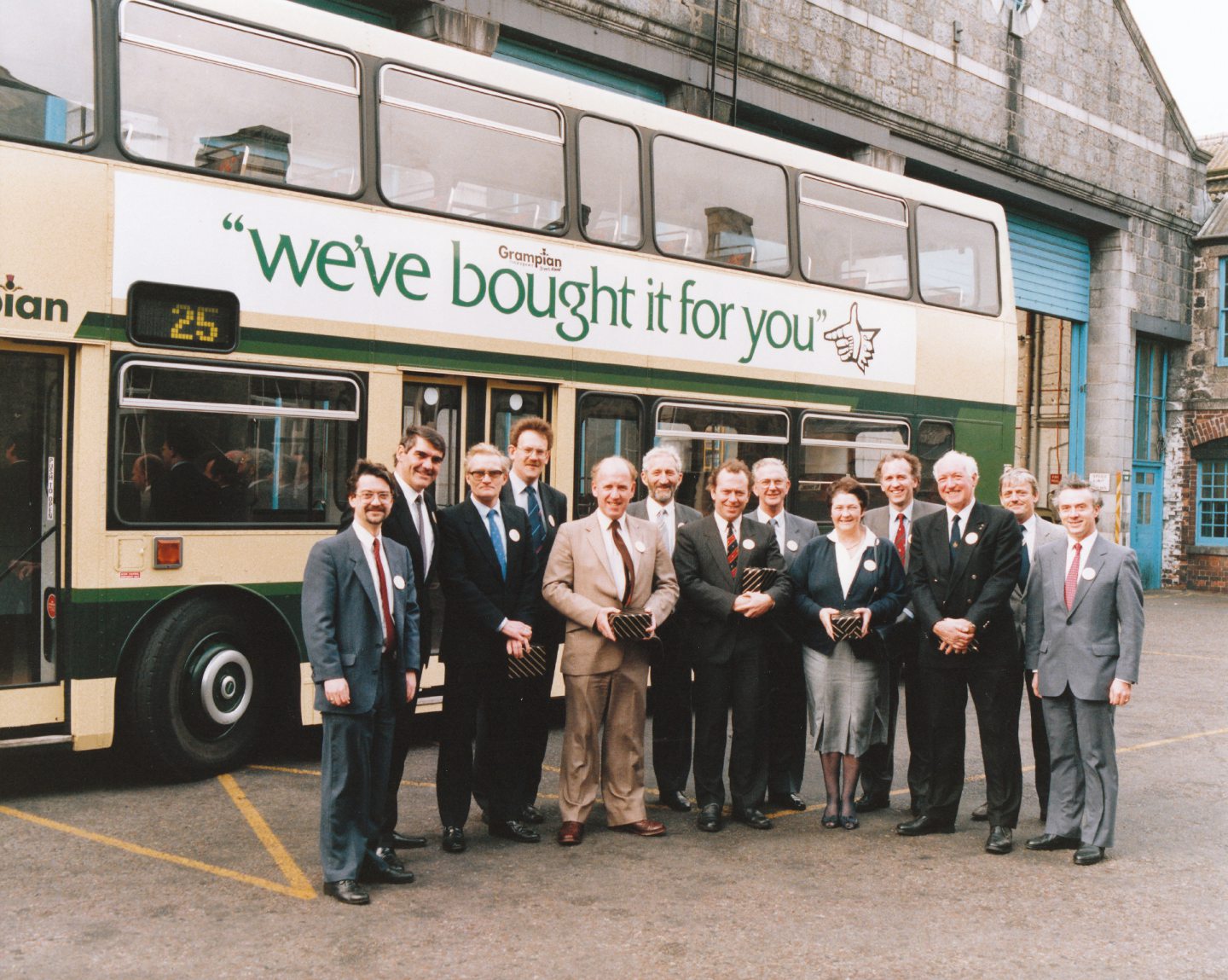
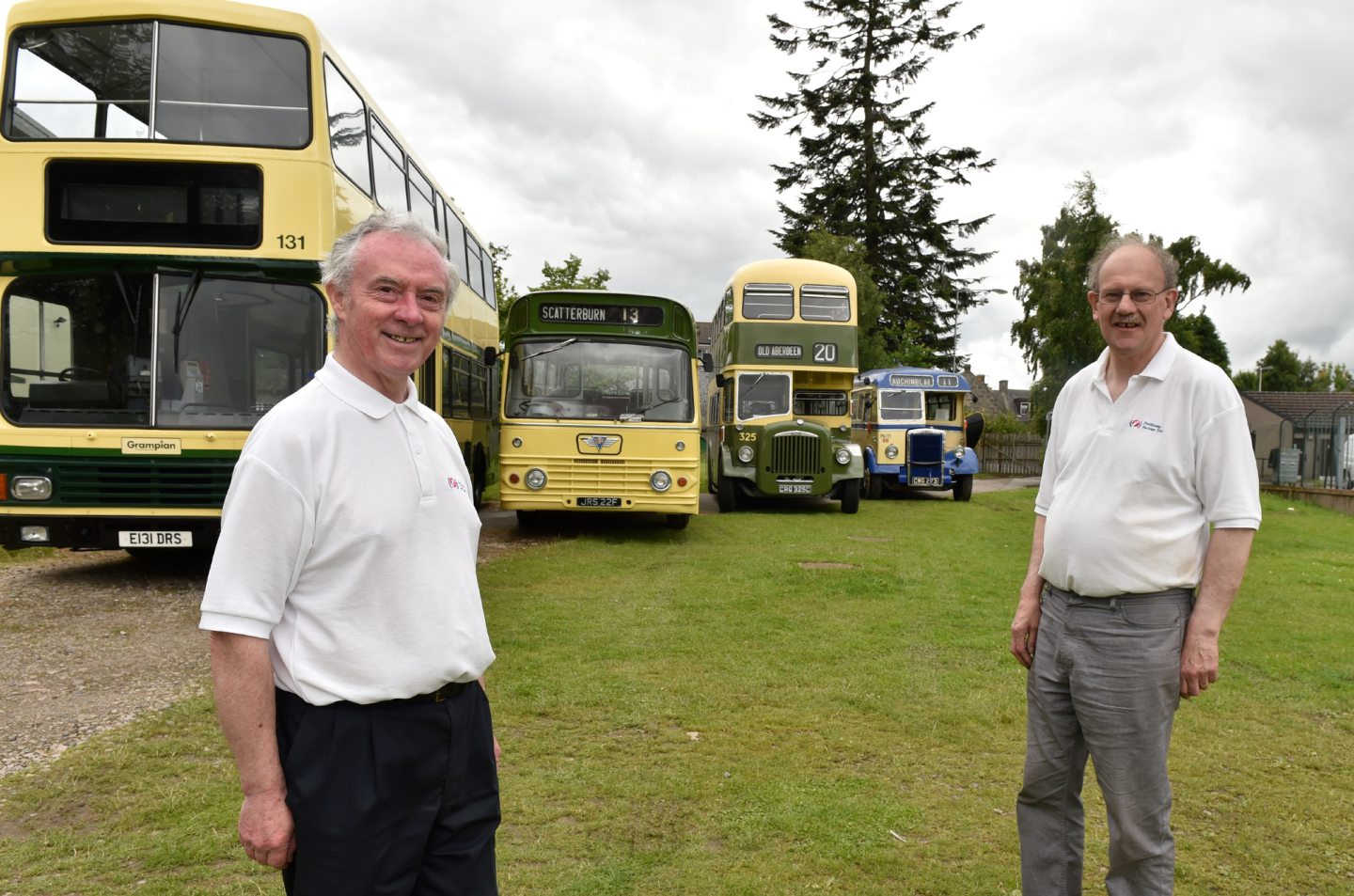
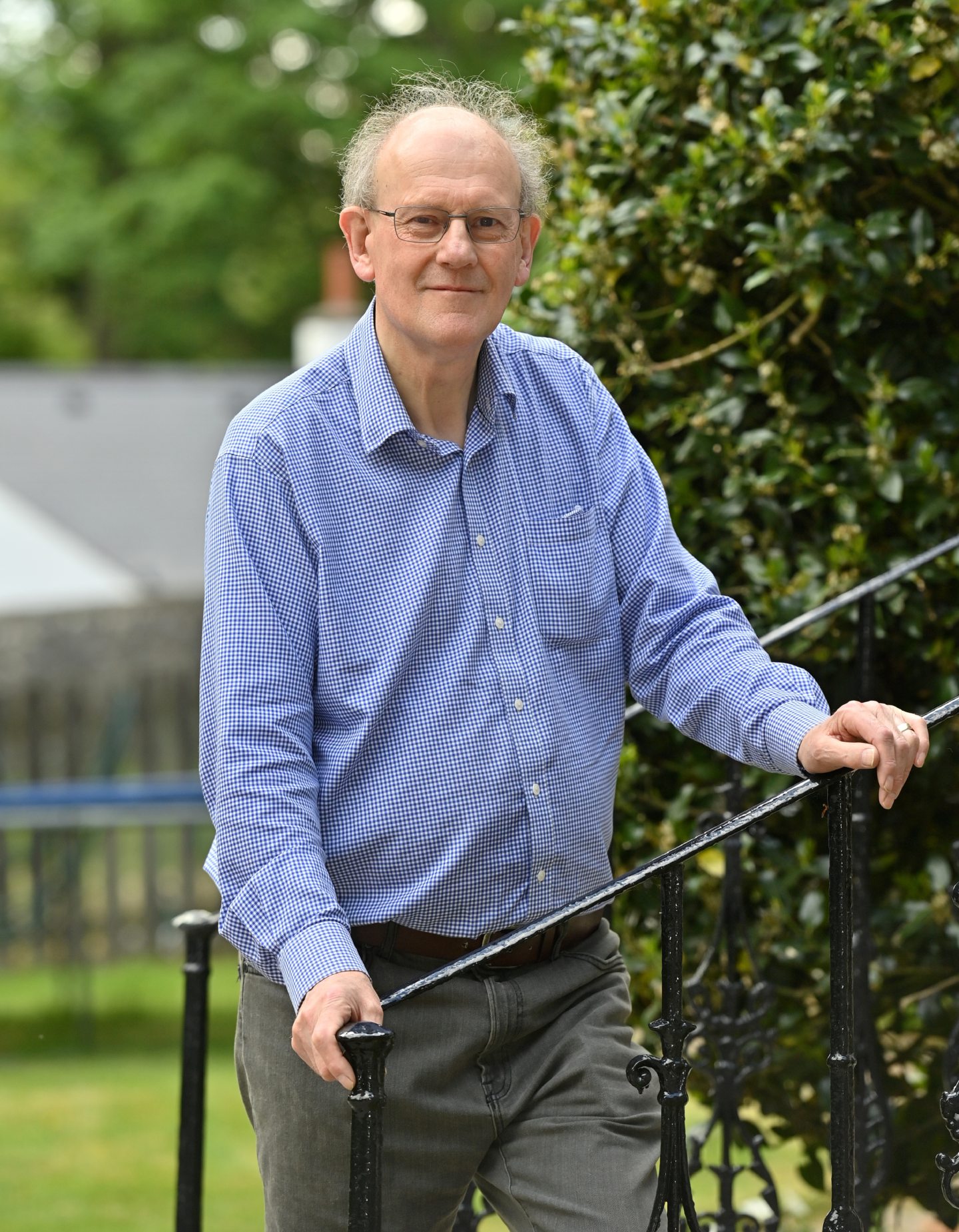
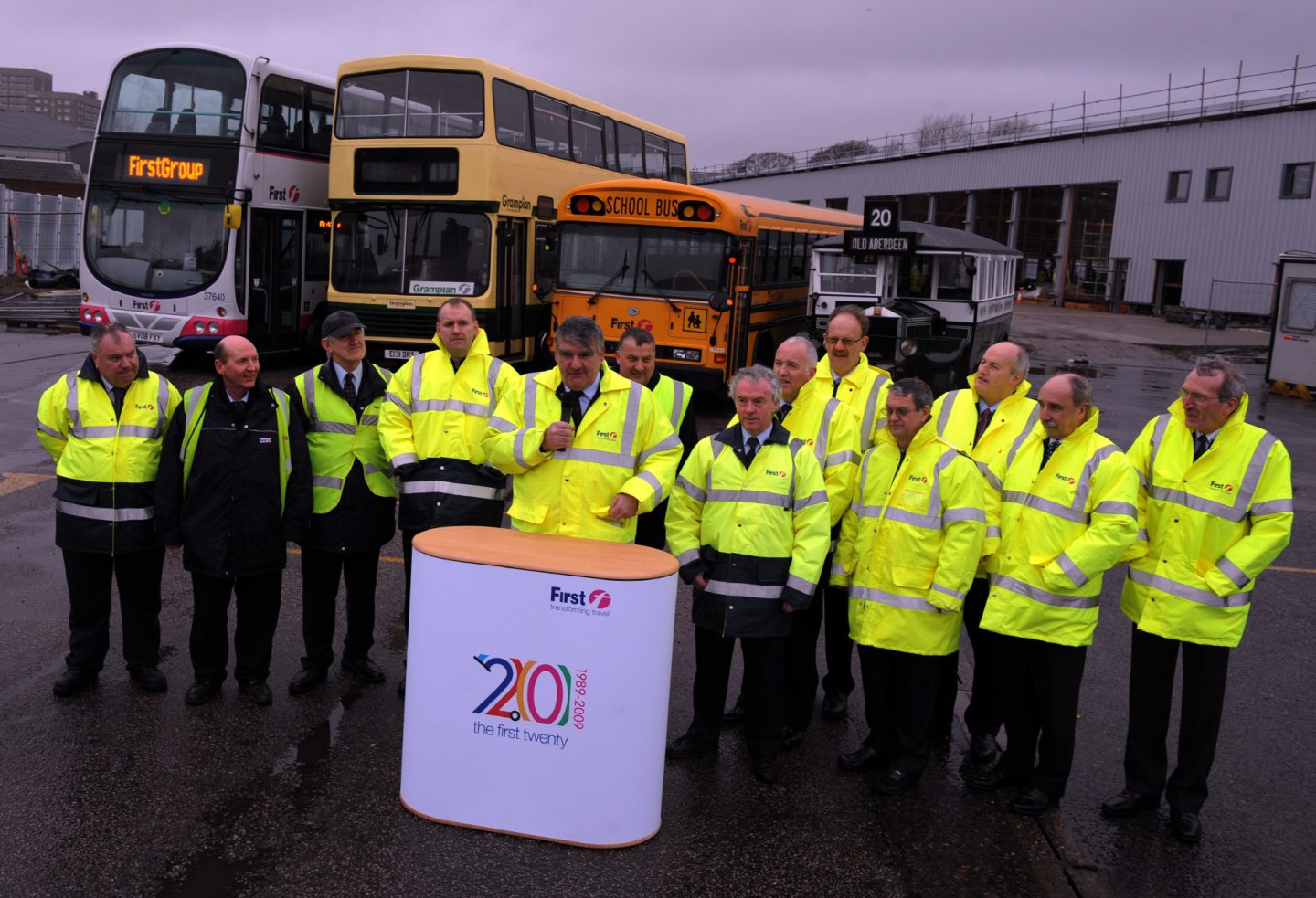
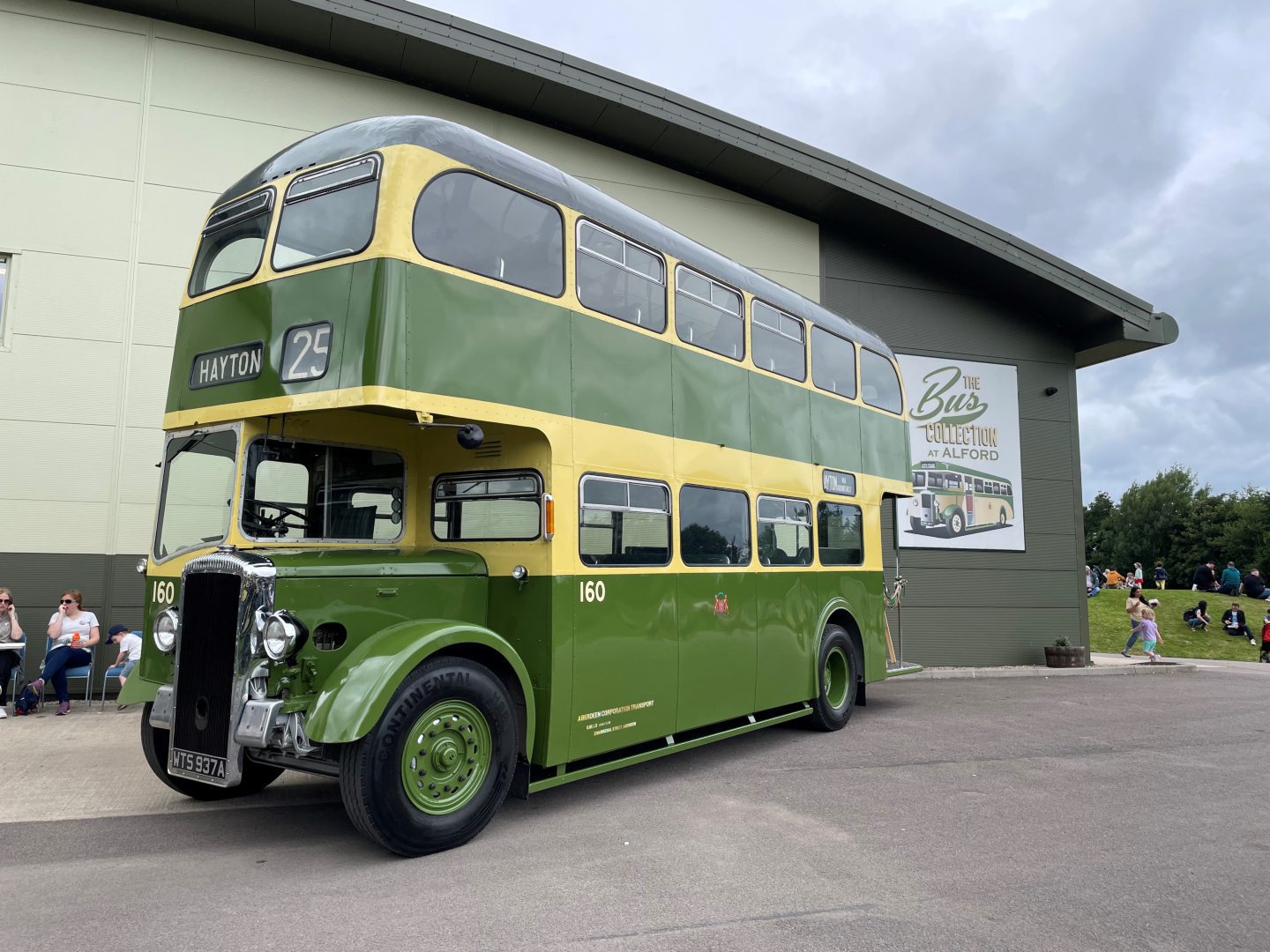
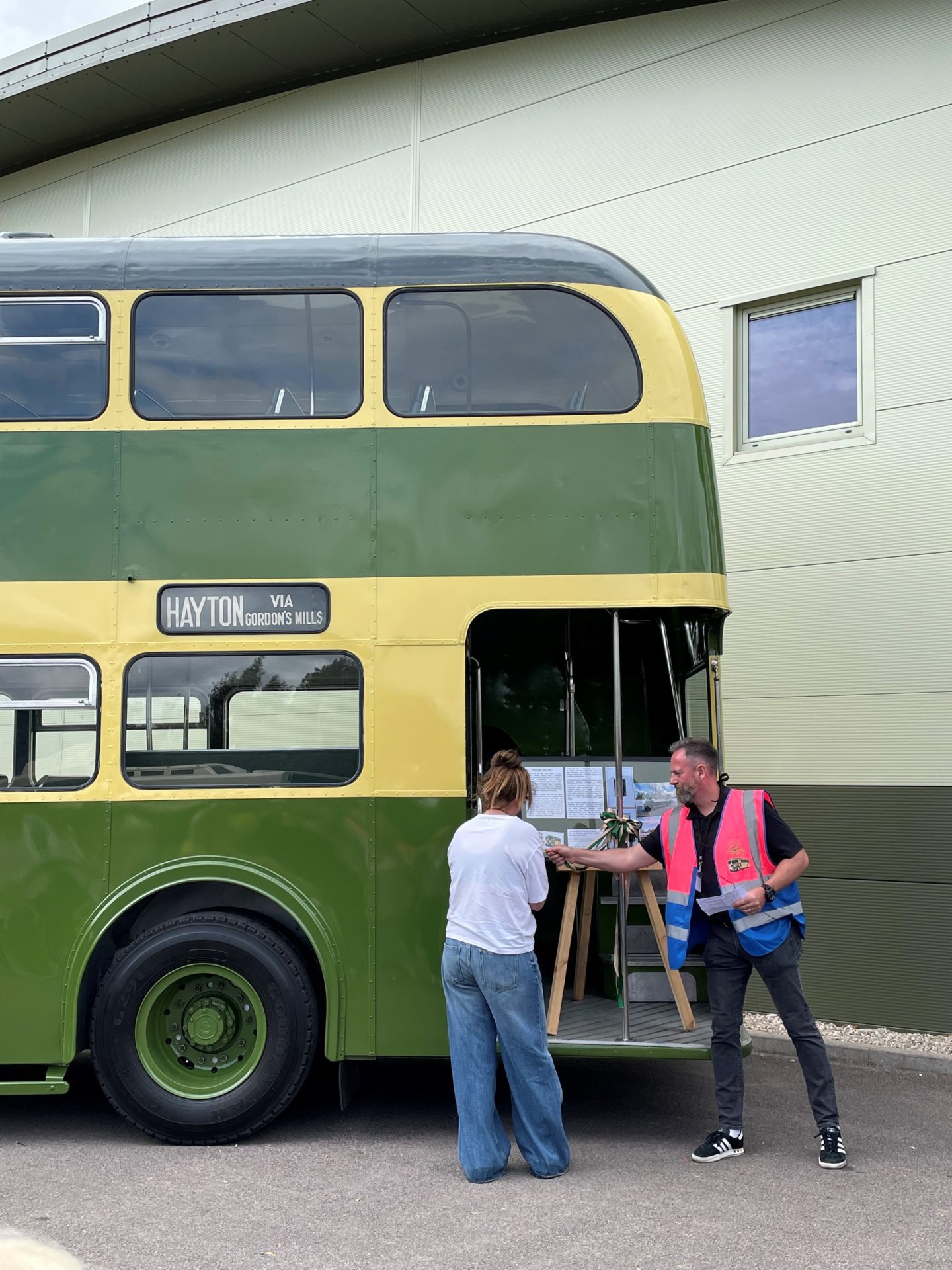
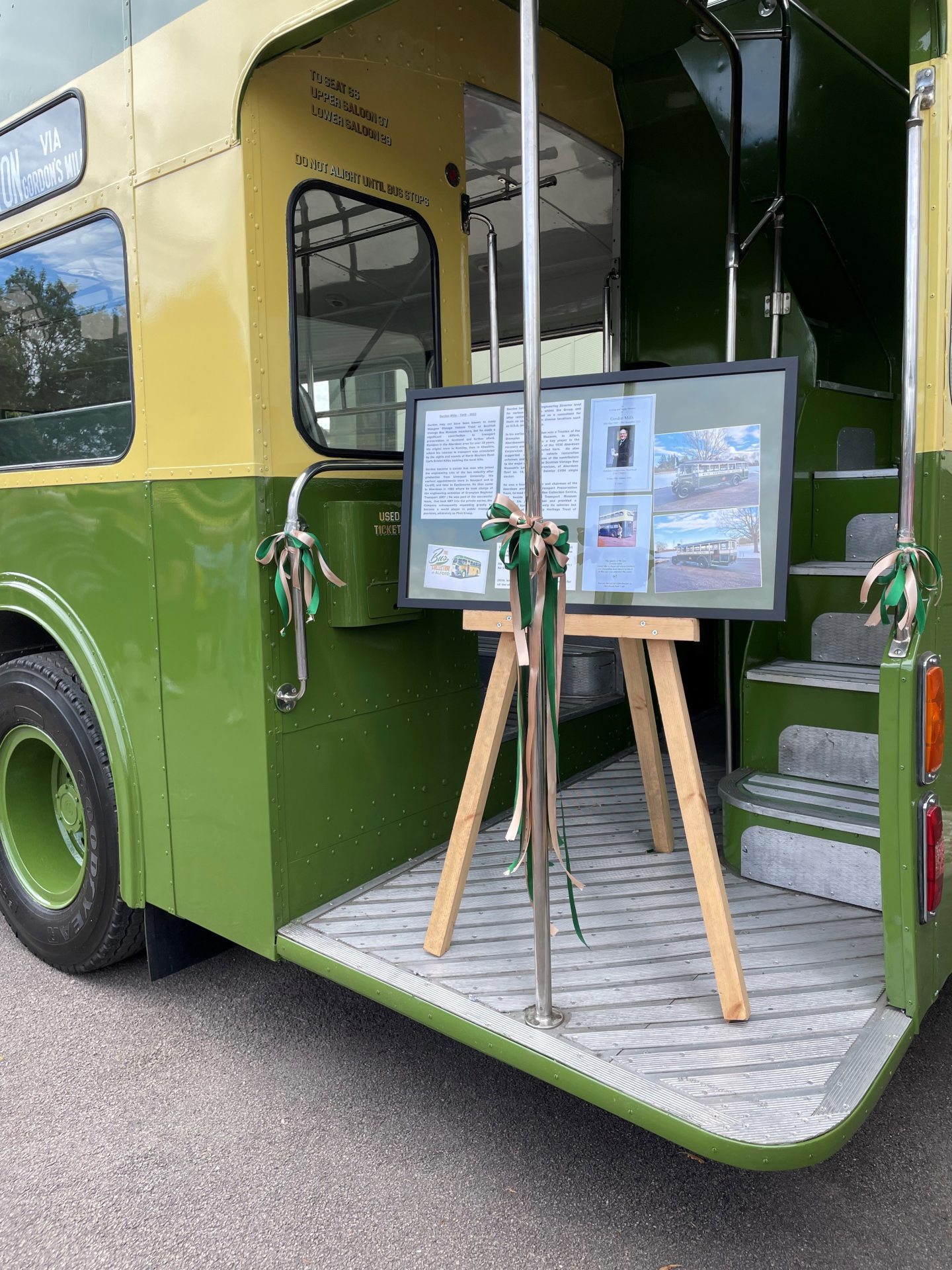
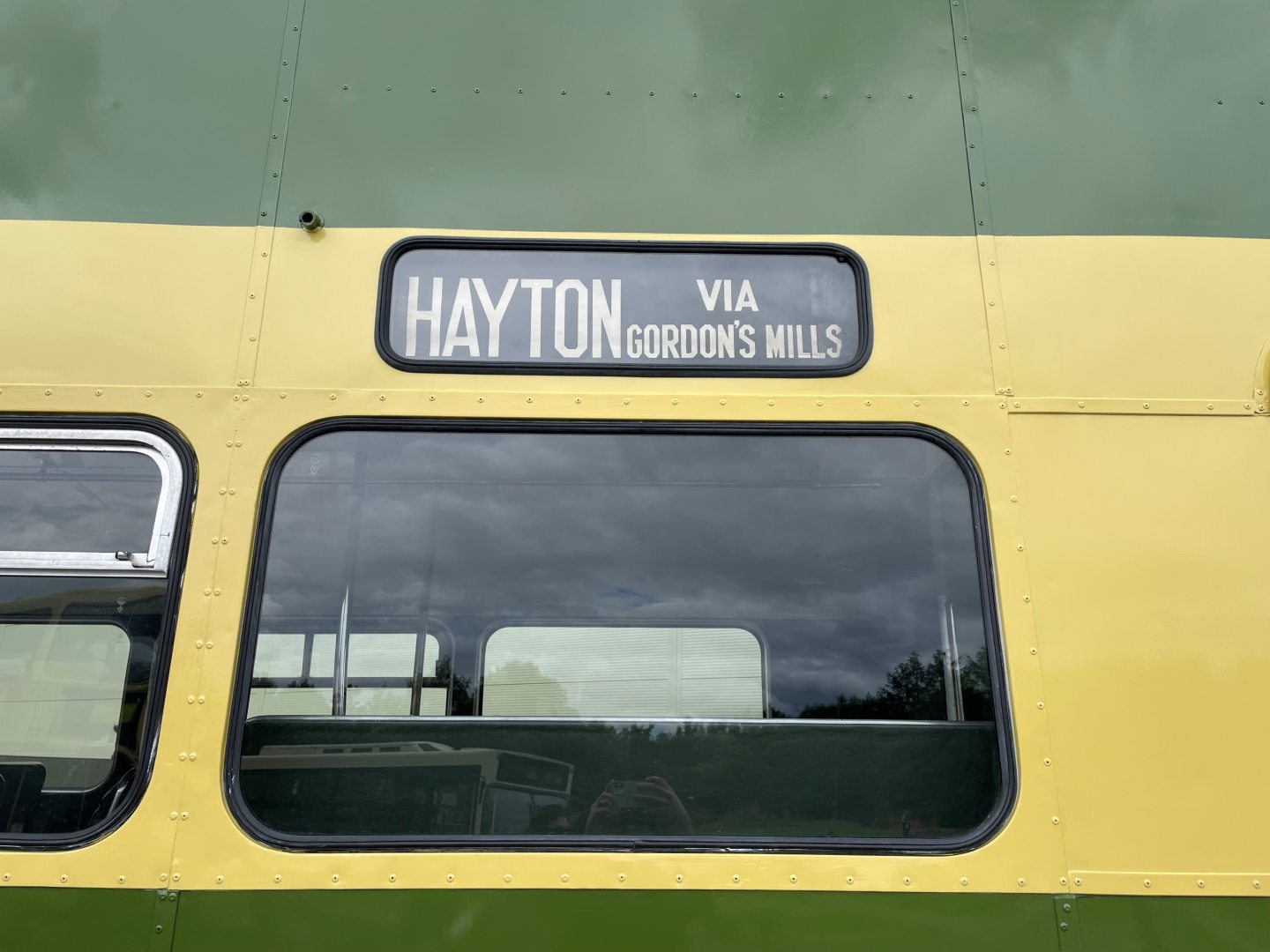
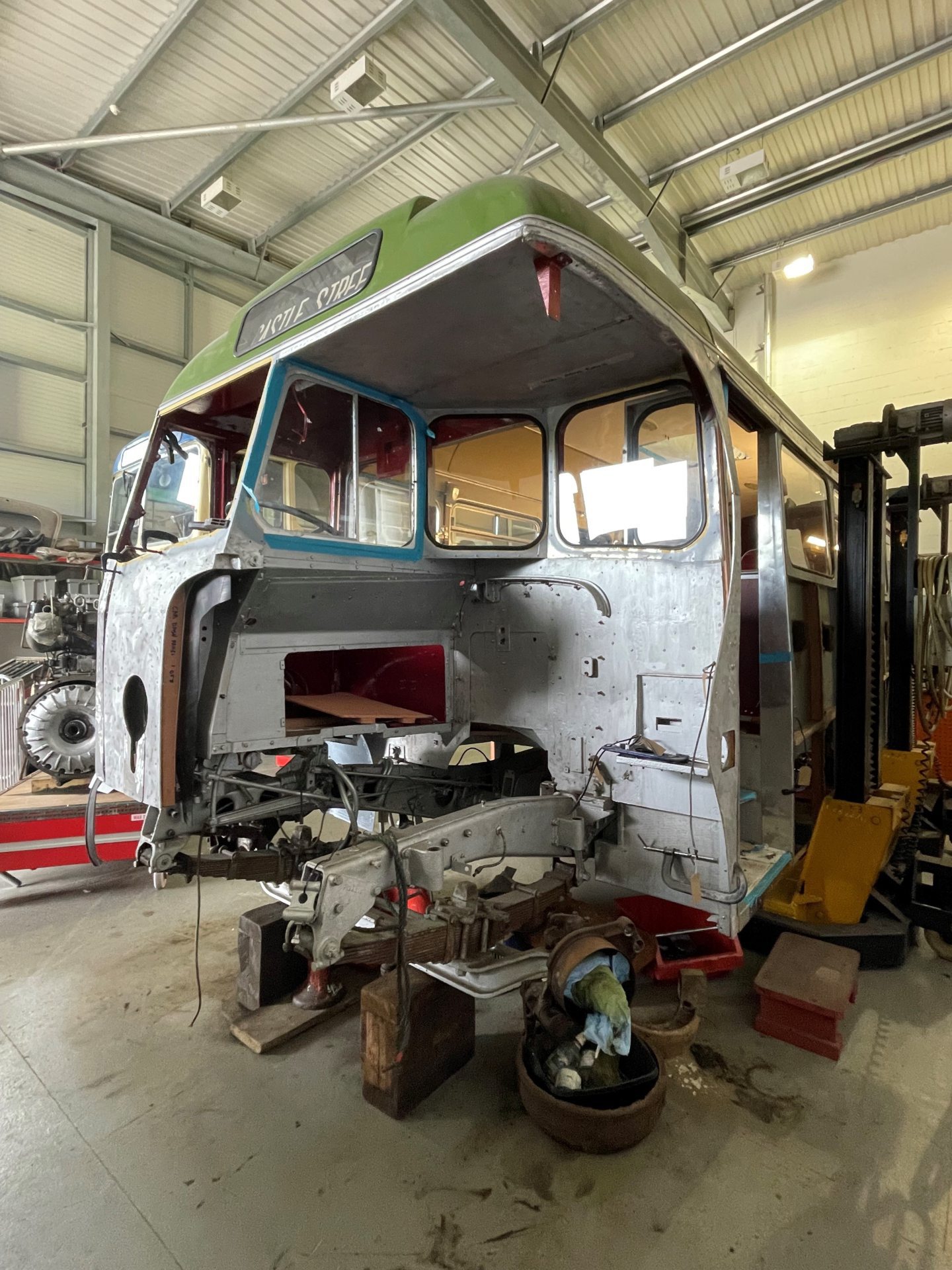
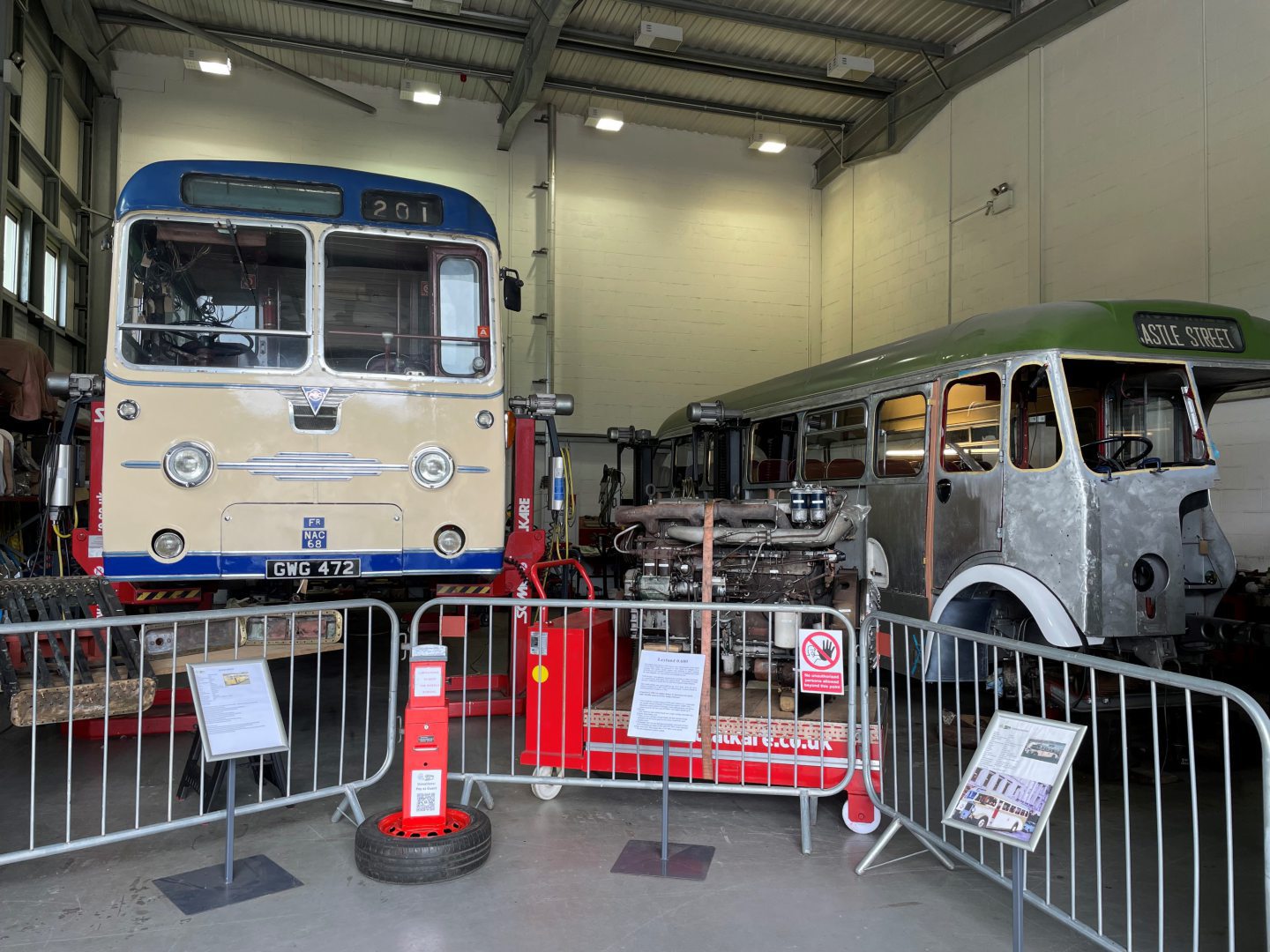
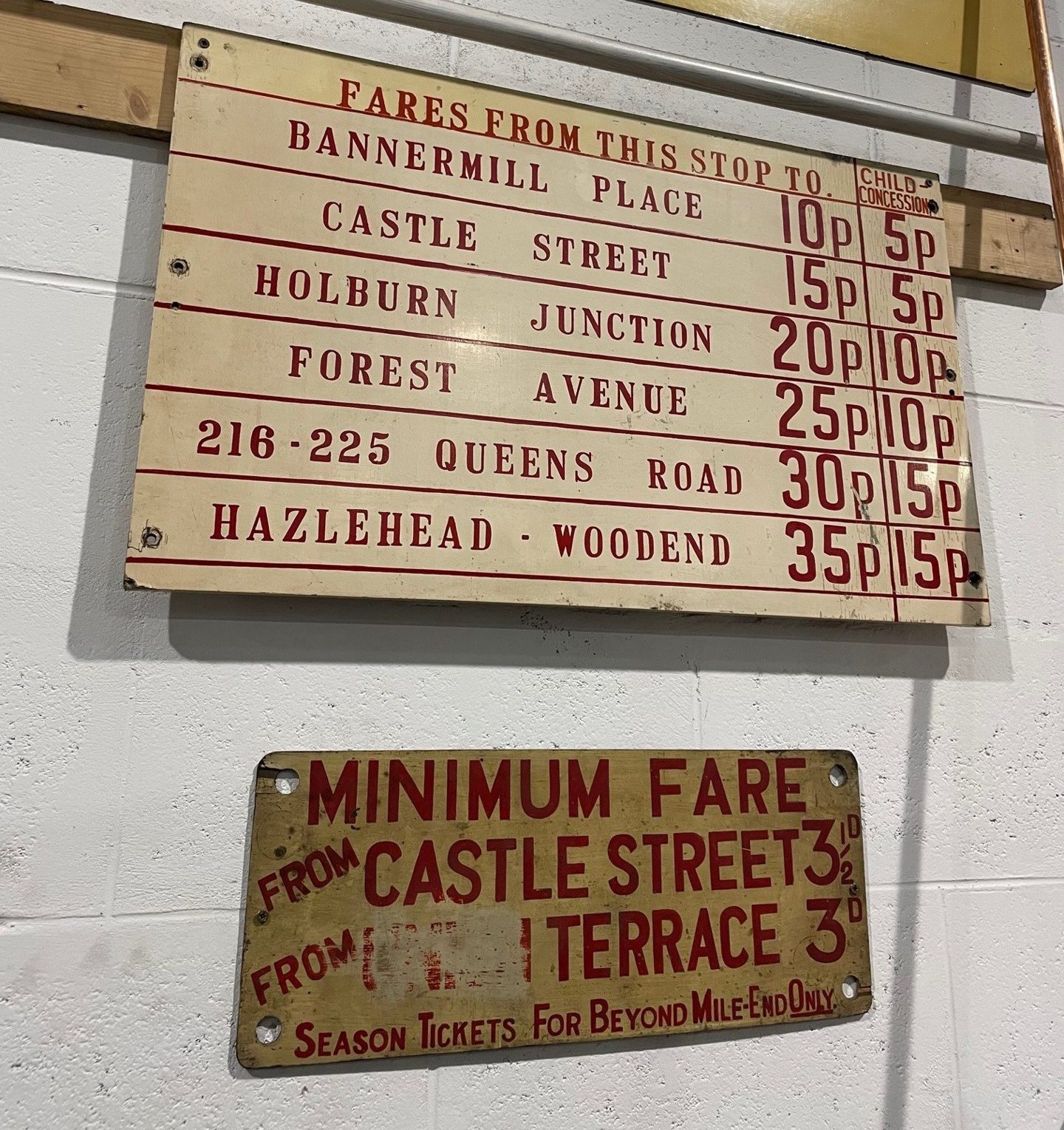
Conversation